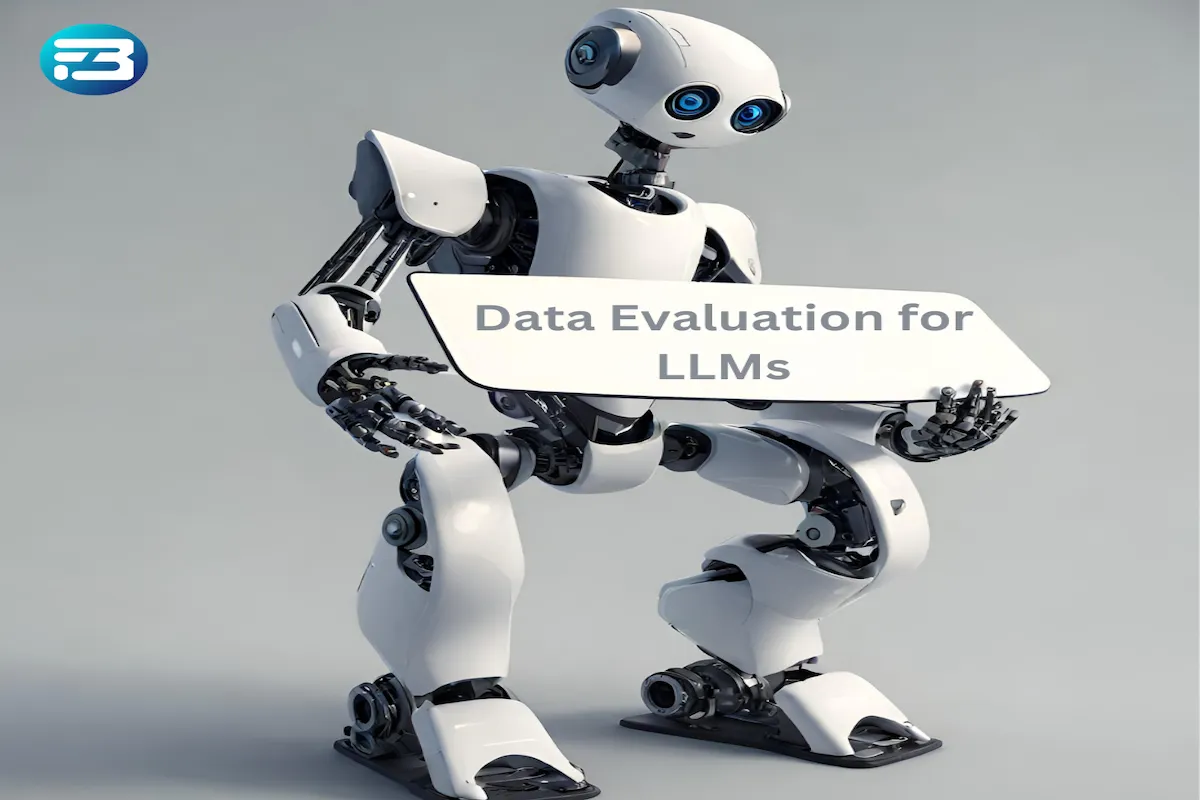The emergence of large language models like aChatGPT and BARD has opened up new possibilities; they can generate text, translate languages, write different kinds of creative content, and answer your questions in an informative way. However, LLMs and other generative AI models are only as good as the data they are trained on. If the data is biased or inaccurate, the LLM will learn about those biases and inaccuracies.
LLMs have been found to internalize, spread, and potentially magnify harmful information existing in the crawled training corpora. This includes toxic languages such as offensiveness, hate speech, and insults, as well as social biases like stereotypes towards people with a particular demographic identity, such as gender, race, religion, occupation, and ideology.
Have you tried asking Bard about yourself? Try it! The results will show your profile from parallel universe 😀. Can we overcome these issues in LLMs? Yes, we can. There are many ways to improve LLM results and make them more accurate.
In this blog post, we will discuss how we can improve accuracy and make responsible AI with data evaluation. So, let’s swim into this.
What is Training Data in LLM?
The word “large” in a large language model indicates that a particular language model is trained on a huge amount of data. This huge amount of data come from all over the internet, including but not limited to webpages, books, news articles, scientific papers, etc. The sources of the data are common crawl, wikipedia, Reddit, Cornell Movie Dialogs Corpus, etc.
What is Training Data Evaluation and Why Does it matter?
As I mentioned earlier, we use training data from all over the internet, which also includes your social media posts and the content of your posts in the form of blogs on Google. The data on the internet also contains inconsistency, bias, threats, and harmful material. To remove harmful content and produce responsible output, we use the data evaluation process to clean the data.
“Training data evaluation is a critical step in the machine learning and data science pipeline. It refers to the process of assessing the quality, relevance, and suitability of the data used to train a machine learning model. Proper evaluation of training data helps ensure that the model will perform well, make accurate predictions, and generalize effectively to new, unseen data.”
Here are some key parameters for which we need Training Data Evaluation;
Quality Assurance
For any AI model, quality is very crucial; a LLM trained on poor data can generate factually inaccurate or biased information. They learn from internet text, which may contain misinformation or reflect the biases present in the data. This can lead to the dissemination of false or prejudiced information. LLM can also generate harmful content, including hate speech, offensive language, or inappropriate responses. The quality of answering reasoning and commonsense based questions is also very poor.
Effective data evaluation is essential to maintaining data quality and ensuring that it meets the required standards for accuracy, completeness, and reliability.
Bais Mitigation
Bias issues in large language models like GPT are a growing concern. These models can inadvertently perpetuate societal biases, leading to harmful consequences. They may generate stereotypes, offensive content, or biased language, impacting the quality and fairness of their outputs.
As internet data is full of different opinions, it may generate content that is biased towards a political party or a demographic group. Addressing bias in LLMs requires diverse and representative training data, bias-aware algorithms, audits for bias evaluation, and ethical guidelines.
By evaluating training data, we can solve the bias issues to some extent and make LLMs responsible AI.
Ethical consideration
Ethical consideration means making sure that LLM does the right thing. Cultural sensitivity is a vital aspect of ethical consideration. Without proper evaluation, LLMs may inadvertently generate content that is insensitive or offensive to different cultures and communities. Data evaluation helps ensure that LLMs respect cultural differences and align with a human-centric approach, avoiding content that could alienate or harm users.
Content control
Language models can generate content that violates community standards or legal regulations. This can lead to reputational damage, legal liabilities, and harm to users. Recently, Microsoft announced that if their AI model generates any copyright material, they will provide legal support to their customers.
Data evaluation can help us build a guardrail that can be used to avoid copyright issues and violations of community standards.
Risk Mitigation
As mentioned in the previous section, if the content generation is not controlled and not reviewed, if it is ethically incorrect, and if we don’t have a guardrail to generate content, then it could lead to data breaches or privacy violations. Failing to assess data properly can also result in the generation of content that poses legal, security, or reputational risks.
These are the main five reasons we should do a data evaluation, and there may be more issues that arise without proper data evaluation. Now let’s discuss the type of data evaluation for LLM.
Types of Data Evaluation For LLM
Now it is clear why we have to evaluate our training data and the generated text of LLMs. Evaluation of the model can be done automatically as well as with humans in the loop. So, let’s understand both approaches;
Automatic Model Evaluation
When it comes to evaluating a model for the accuracy of its content, automatic evaluation can be helpful. Automated evaluation of large language models has become a prevalent and efficient method to assess their performance and quality in various natural language processing tasks. This approach relies on various indicators and evaluation tools to quantitatively measure the similarity and quality of model-generated text compared to reference text. Some of the commonly used automated evaluation metrics and techniques include BLEU, ROUGE, BERTScore, and more.
One of the key advantages of automated evaluation is its ability to assess LLMs without requiring human participation. This not only saves time but also reduces evaluation costs significantly. Researchers and developers often turn to automated evaluation methods when dealing with large datasets or when conducting evaluations across a wide range of tasks, as they can handle a substantial volume of data efficiently.
While automated evaluation offers many benefits, it's important to acknowledge its limitations. These methods primarily focus on quantitative aspects of language generation, such as fluency and grammaticality, and may not capture the full spectrum of language understanding and context. As a result, automated evaluation should be complemented with human-in-the-loop evaluations to assess aspects like relevance, cultural sensitivity, and ethical considerations, which often require human judgment and context awareness. So, let’s see the human approach
LLM Evaluation with Human in the Loop
Automatic evaluation, while valuable, is not without its limitations. It excels in assessing certain linguistic aspects but falls short in gauging the relevance of generated content, its accuracy, cultural sensitivity, or ethical considerations.
Enter the "human-in-the-loop" approach, a critical counterpart in the evaluation of large language models. Human in the loop approach, also known as reinforcement learning with human feedback. With human evaluators actively involved, we gain the ability to comprehensively judge the quality of LLM output, provide nuanced ratings for generated content, and establish vital guardrails to ensure that the generated content is not harmful and respects privacy concerns. This synergy of human expertise and LLM technology allows us to go beyond mere linguistic fluency, fostering responsible and user-centric AI applications that meet the highest standards of quality, ethics, and social responsibility across diverse domains and applications.
With an understanding of the capabilities of HUMAN IN THE LOOP, we should also understand that it is very important to recognize that there are some challenges that humans in the loop are also facing.
Subjectivity
Human evaluations inherently carry subjectivity since they depend on individual opinions and judgments. Variability in assessments can arise from diverse cultural backgrounds and personal perspectives, potentially introducing some degree of inconsistency.
This issue can be solved to some extent with clear evaluation guidelines, training, diverse evaluation panels, and continuous feedback.
Resource-Intensive
The human evaluation process can be resource-intensive. It necessitates the recruitment and training of human evaluators, the development of meticulous evaluation protocols, and often entails time-consuming procedures to ensure thorough and reliable assessments.
we are building training datasets for multilingual language models, we have trained people in more than 50 languages to evaluate language model output. Our onboarding process and project handling make it easy to onboard and train people.
Scalability
Human evaluation may face limitations in scalability, particularly when dealing with extensive datasets or the need for frequent evaluations. The effort required to involve human evaluators comprehensively can be substantial and may not always align with the demands of large-scale applications.
With our expert and flexible pool of human evaluators, you can scale your evaluation process within a week in more than 50 languages.
Every evaluation solution has some limitations, but when it comes to cultural sensitivity and ethical consideration, we should prefer humans in the loop. In practice, a combination of both methods is often employed, striking a balance between efficiency and depth, ensuring a well-rounded and context-aware assessment of LLMs that aligns with the specific evaluation goals and available resources.
Final Thoughts
We want to build responsible AI that can improve human creativity and serve as a copilot to solve day to day tasks as well as critical tasks related to health. This is just an initial phase for LLMs to interact with us, and the importance of data evaluation in the development and deployment of LLMs cannot be overstated. It serves as a critical safeguard against a multitude of issues, including inaccuracies, biases, ethical violations (including cultural insensitivity and a lack of a human-centric approach), content control challenges, and risks. Data evaluation is the foundation upon which the quality, fairness, and ethical use of LLMs are built.
With us you can evaluate your LLM model output and we can also help you build prompt and response datasets to fine tune your llm. So, let’s get in touch.






